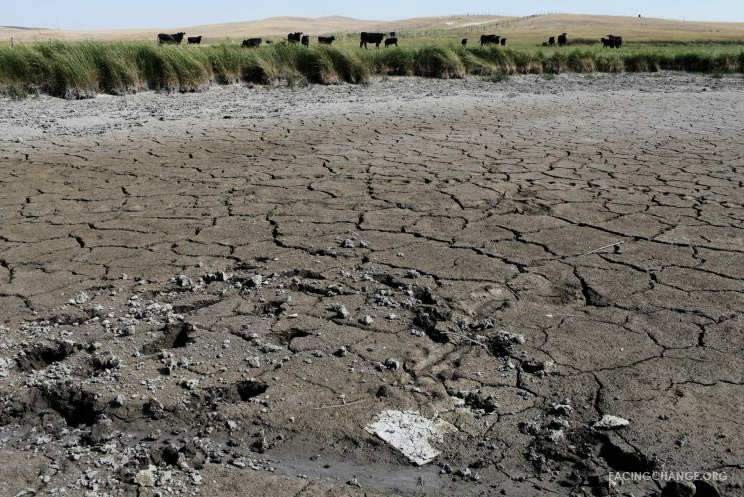Natural disasters seem to come and go. Tsunami’s, earthquakes, tornadoes, and hurricanes wreak unimaginable damage, literally erasing neighborhoods—and even cities—within the blink of an eye. One minute there is a thriving or peaceful community. The next, nothing but rubble. It is hard to fathom, particularly if it is not literally in our own backyard, even as the power of photography manages to reduce the distance between “here” and “there,” and in the process activates the human empathy needed to lend a helping hand across all manner of social, political, economic, and geographical borders. And yet there is something troubling about such images for even as they give presence to the immediacy of such tragedies there is a sense in which they fragment each event, inviting us to treat them as an isolated and individual events effecting these people—always them, never us—here and now.
I thought about this some this past week as I perused the many photographs of the fury unleashed by Hurricane Sandy on places like the Jersey Shore, New York City’s east side Battery, and Breezy Point on Long Island. And in the process I found myself thinking about the natural tragedies that don’t seem to cull such easy images of nature’s fury and destruction.
The photograph above is from Hay Springs, Nevada. It was taken just three months ago and what it shows is one of the many dried up river beds that are becoming more and more prevalent in the plain states and in the upper Midwest as a result of recent and increasingly intense droughts. The image is hardly as dramatic as the scenes we see in the wake of hurricanes and tornadoes, in large measure because here nature’s violence is slower and more exacting, creeping and gradual, rather than bold and arrogant. And the damage itself is harder to see, its human effects harder to imagine. The water has disappeared, and the river bed is cracked, but the grass on the other side, however far away, remains green (for now) and the cattle continue to have space to roam (for the time being). But if you look closely enough to the horizon—and the point is that you have to look closely to see it—you will notice that the plains are more brown than green and it is not hard to imagine that before long they too will suffer the same fate as the river bed. And where then will the cattle go?
The point, of course, is not to ignore the dramatic effects of the natural disasters that grab our attention and compassion for a moment in time, only to be forgotten as an isolated event, but to recognize that such events are connected and symptomatic of a larger problem, one that is gradual and more enduring, and which we can see—but only if we look closely—as unfolding slowly and in real time.
Photo Credit: Andrew Lichtenstein/Public Sphere: America A Changing Place

Enjoyed your post (and your work in its entirety). In looking closely, as you so wisely encourage, I also noticed that the photo credit should be Andrew (not Alex) Lichtenstein.
Steven: Thanks for the help.